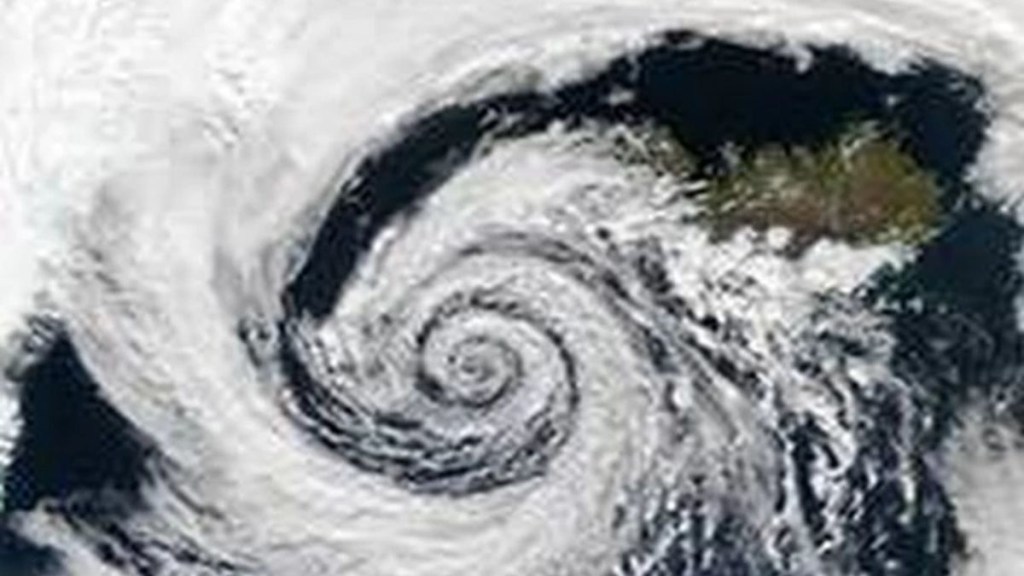Hurricane Hilary stirred off the Pacific coast of Mexico, asserting its strength as a formidable Category 4 storm on Friday (August 18). The city of Tijuana faced the looming threat of torrential rains as the hurricane positioned itself menacingly. The storm prompted officials at the National Hurricane Center on Friday to issue a tropical storm watch for most of Southern California. This is the first tropical storm there in 84 years.
Meteorologists cautioned that the potential consequences encompassed a gamut of hazards including severe flooding, mudslides, and the possibility of tornadoes sweeping across the area.
Hilary underwent swift intensification on Friday, followed by a slight reduction in its vigour, with its maximum sustained winds at 130 mph (215 kph).
Nonetheless, as per the forecast the storm would retain hurricane status upon its approach to Mexico’s Baja California peninsula on Sunday, and subsequently transition into a tropical storm as it neared Southern California later on the same day.
Hurricane Hilary disrupts life
The National Park Service closed Joshua Tree National Park and Mojave National Preserve to keep people from becoming stranded amid flooding. Various cities in the area, including those in Arizona, were distributing sandbags to protect properties from potential flood damage.
According to the National Weather Service, Southern California has remained untouched by a tropical storm since September 25, 1939. The watch was posted for a wide swath of Southern California from the coast to interior mountains and deserts. The U.S. National Hurricane Center issued cautionary advisories about potential dangers posed to both lives and property.
Storms don’t usually hit Southern California because prevailing winds usually push them either due west into open ocean or northeastward into Mexico and other parts of the U.S. Southwest, according to experts.
Hurricane Hilary landfall
The latest forecast pointed to Hilary making landfall along a sparsely populated area of the Baja peninsula Sunday, about 200 miles (330 kilometers) south of the Pacific port city of Ensenada.
Heavy rains to Tijuana
As it moves north, it could bring heavy rains to Tijuana. Mayor Montserrat Caballero Ramirez said the city was tracking the storm closely and clearing out storm drains.
The sprawling border metropolis of 1.9 million people is particularly at risk of landslides and flooding, in part because of its hilly terrain. Shacks are perched on cliffs with little vegetation to hold soil in place.
Mexico issued a tropical storm watch for parts of mainland Mexico and put 18,000 soldiers on alert.
(With inputs from Associate Press)
